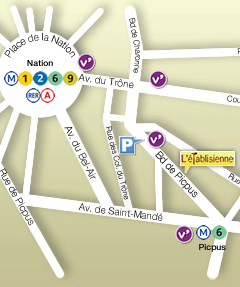Little story of glue !
The glue was invented in ancient Egypt and has continued to evolve and improve, it is divided into different categories, they are three in number: the reactive adhesives, non-reactive adhesives, coatings and mortars.
The non-reactive adhesives when applied, are already present in their final chemical state. No chemical reaction thus occurs in the physical curing process is done by evaporation of solvent, water or by cooling. Non reactive sizes have a variety of adhesion properties, good flexibility and the bonding can be used in multiple applications.
There are four main types of physical curing adhesives: aqueous or solvent-based adhesives which harden by evaporation of water or solvent contact adhesives hot melt adhesives or “Hot Melt” the hotmelt self-adhesive or “HMPSA”. Reactive adhesives like the non-reactive sizes require a chemical reaction in order to pass from the liquid to the solid state.
Once cured, have generally a high resistance to temperature, moisture and many chemicals. The different types of chemical curing adhesives are: polyurethane adhesives mono and bi-component; adhesives based on epoxy resin mono and bi-component; cyanoacrylates; glues based silylated polymers; silicone adhesives. Plasters and mortars on them, they are formulated based plaster or cement for laying tiles or preparation of floors and walls before the establishment of a coating.

